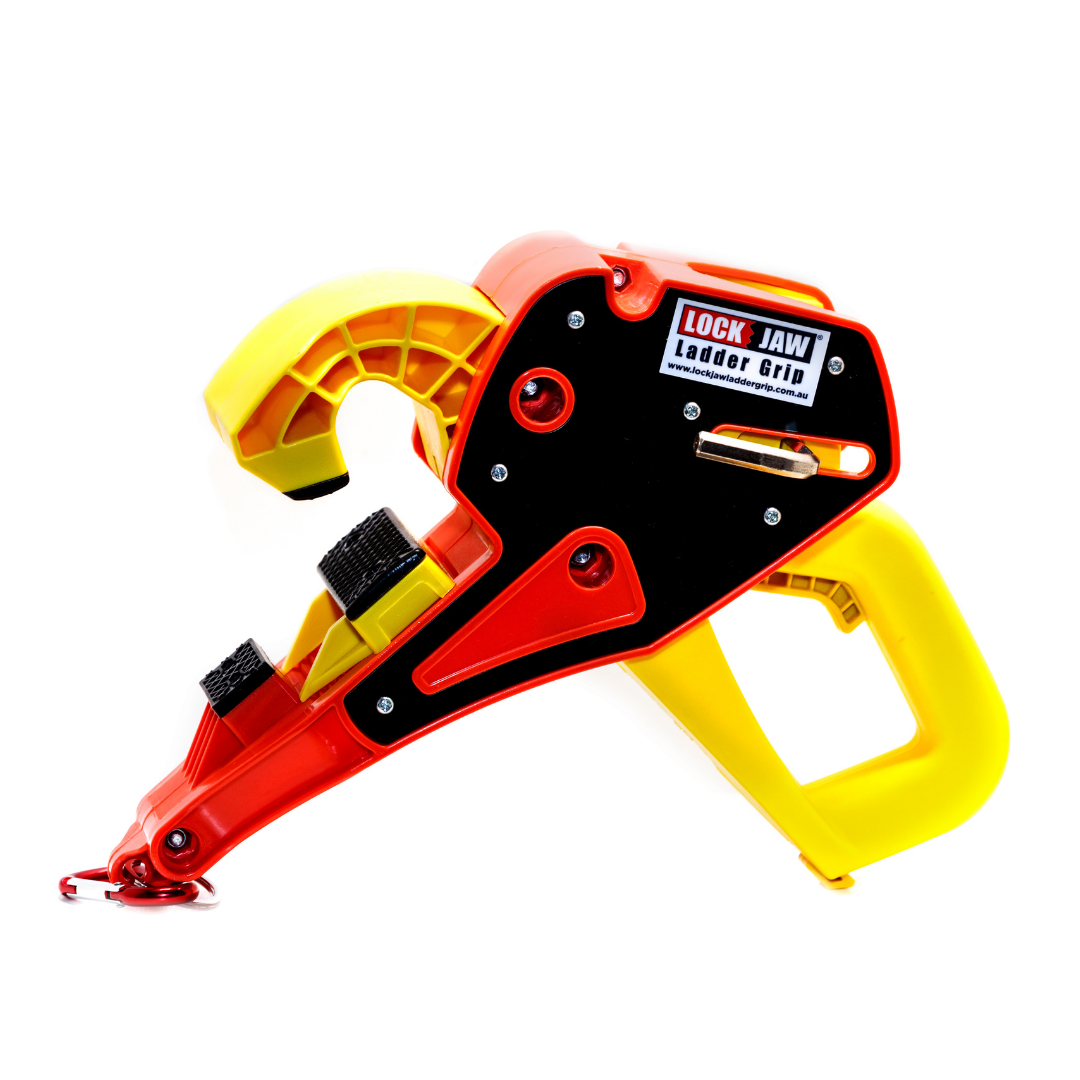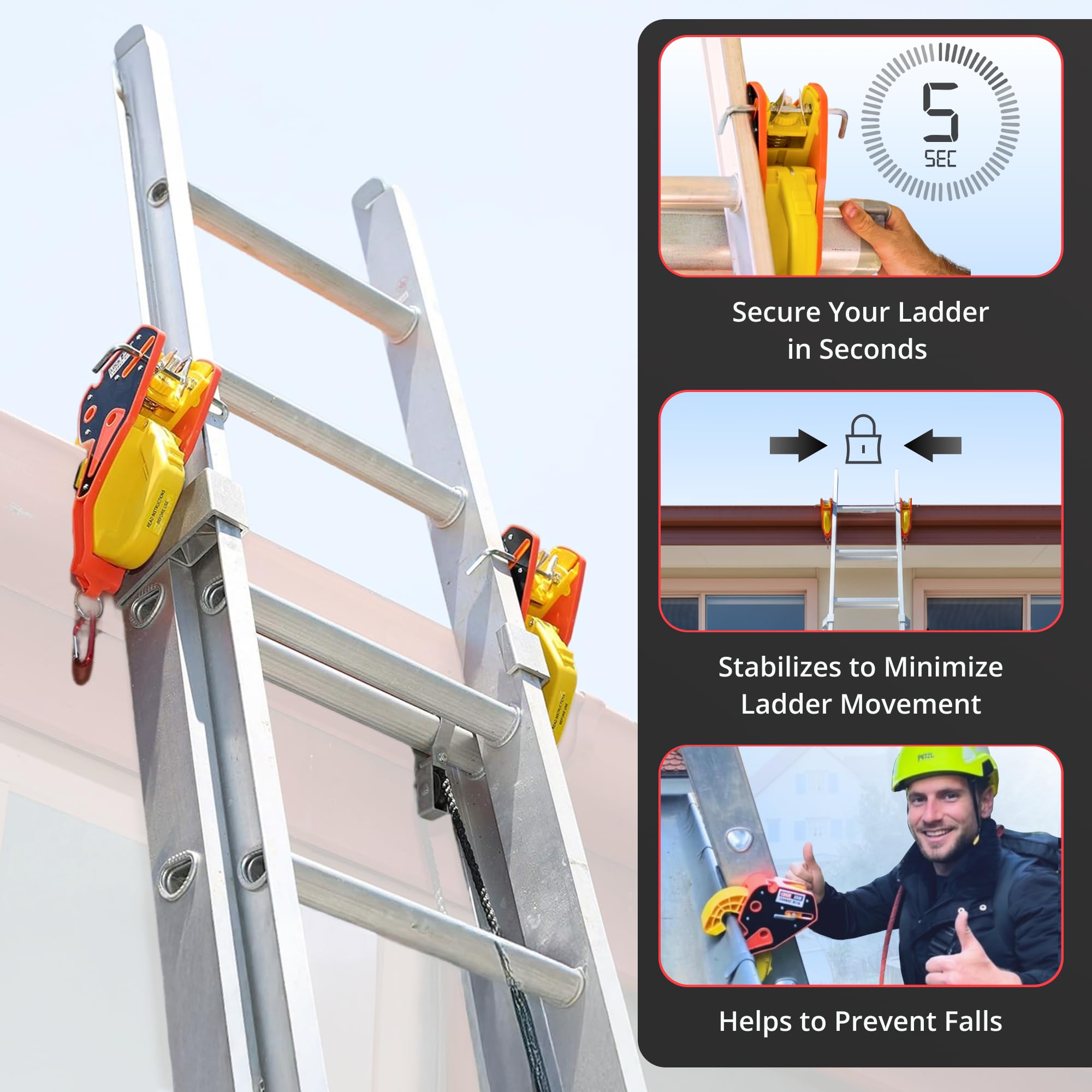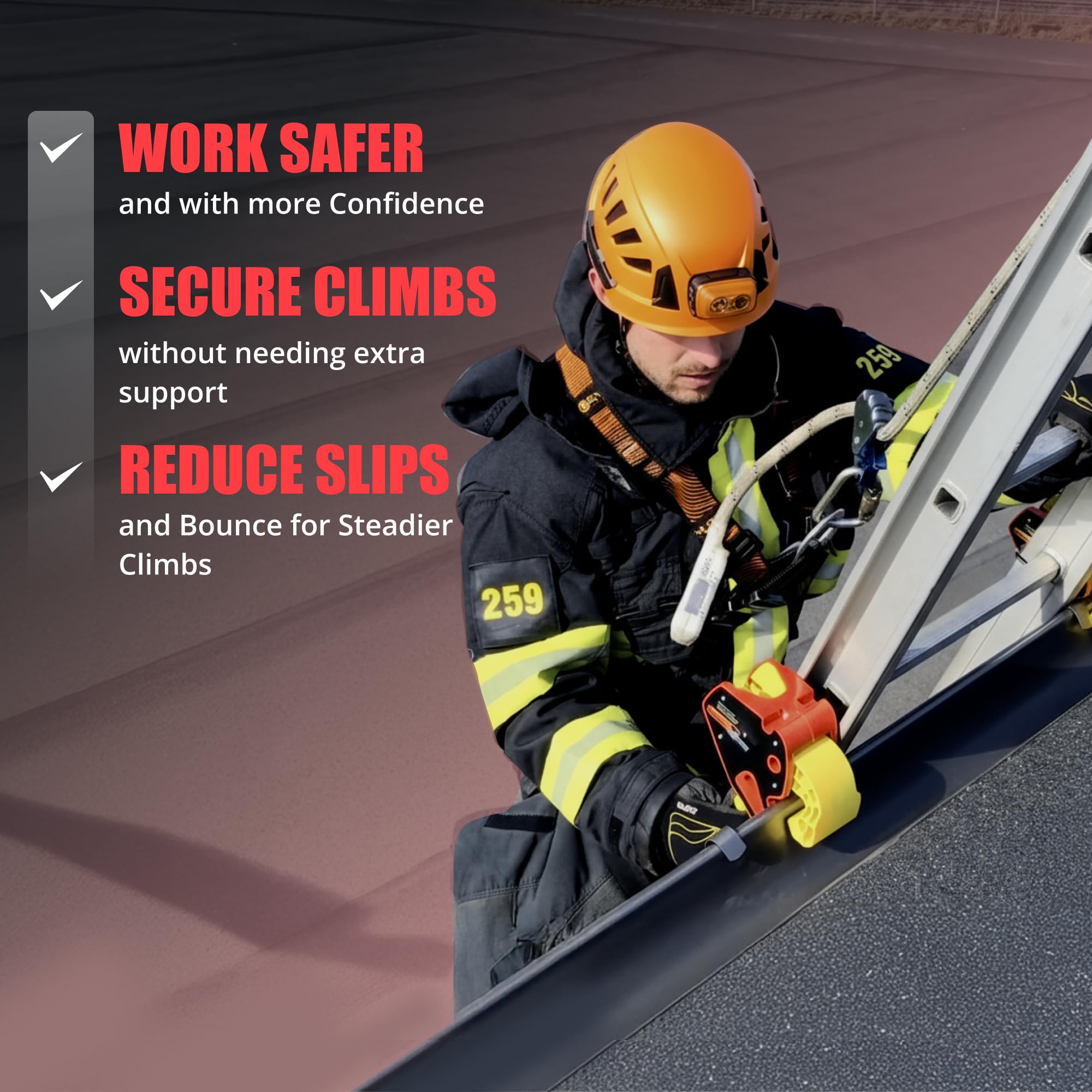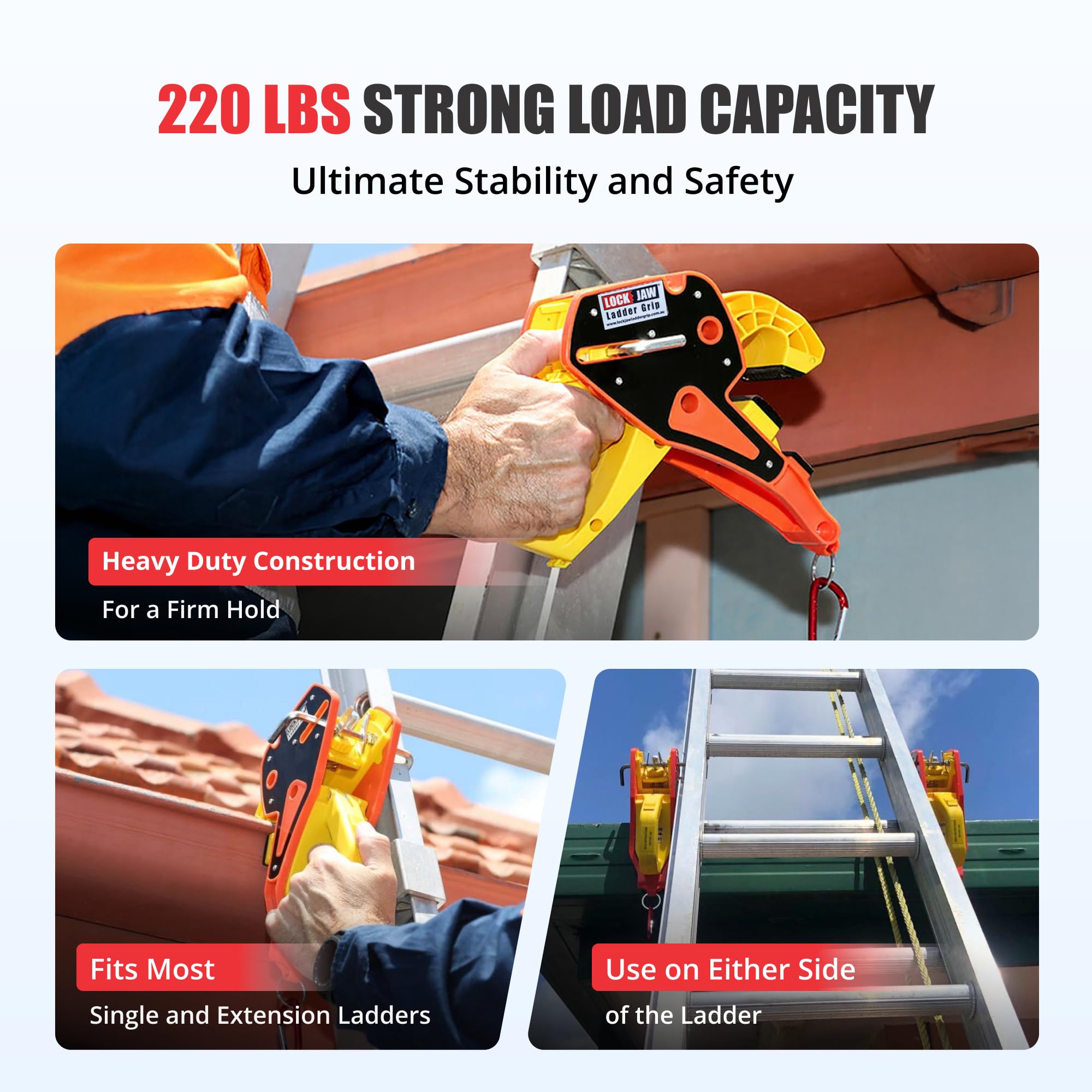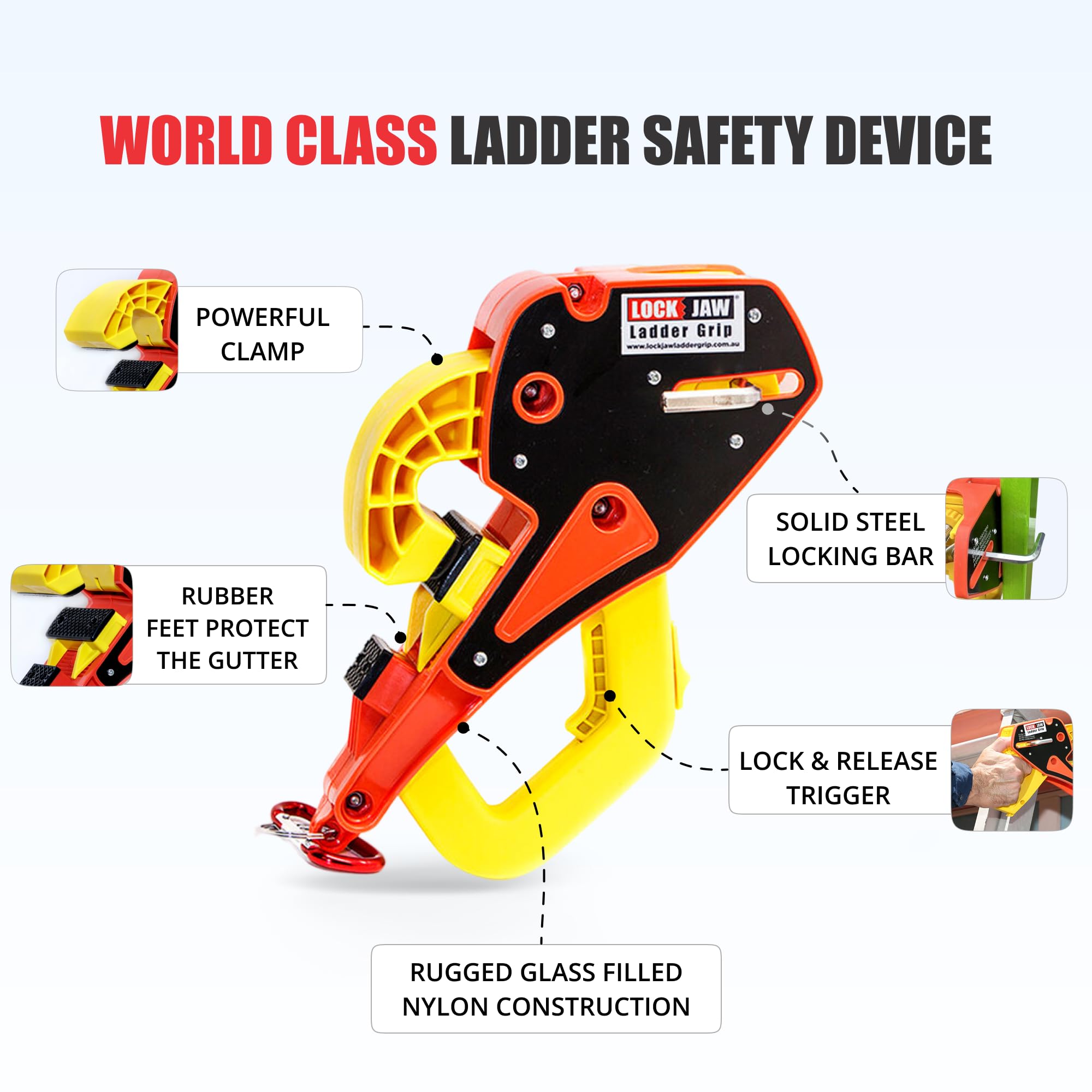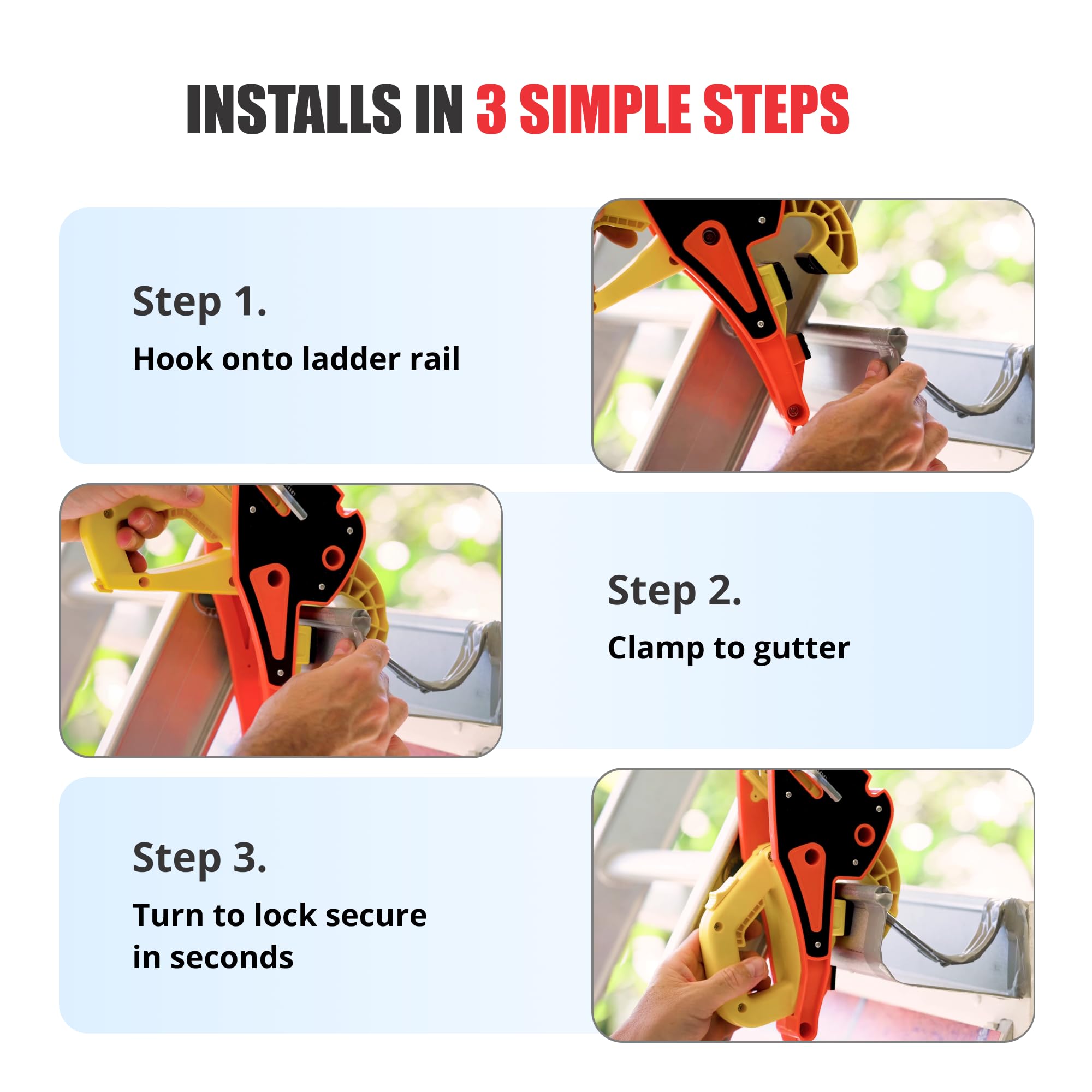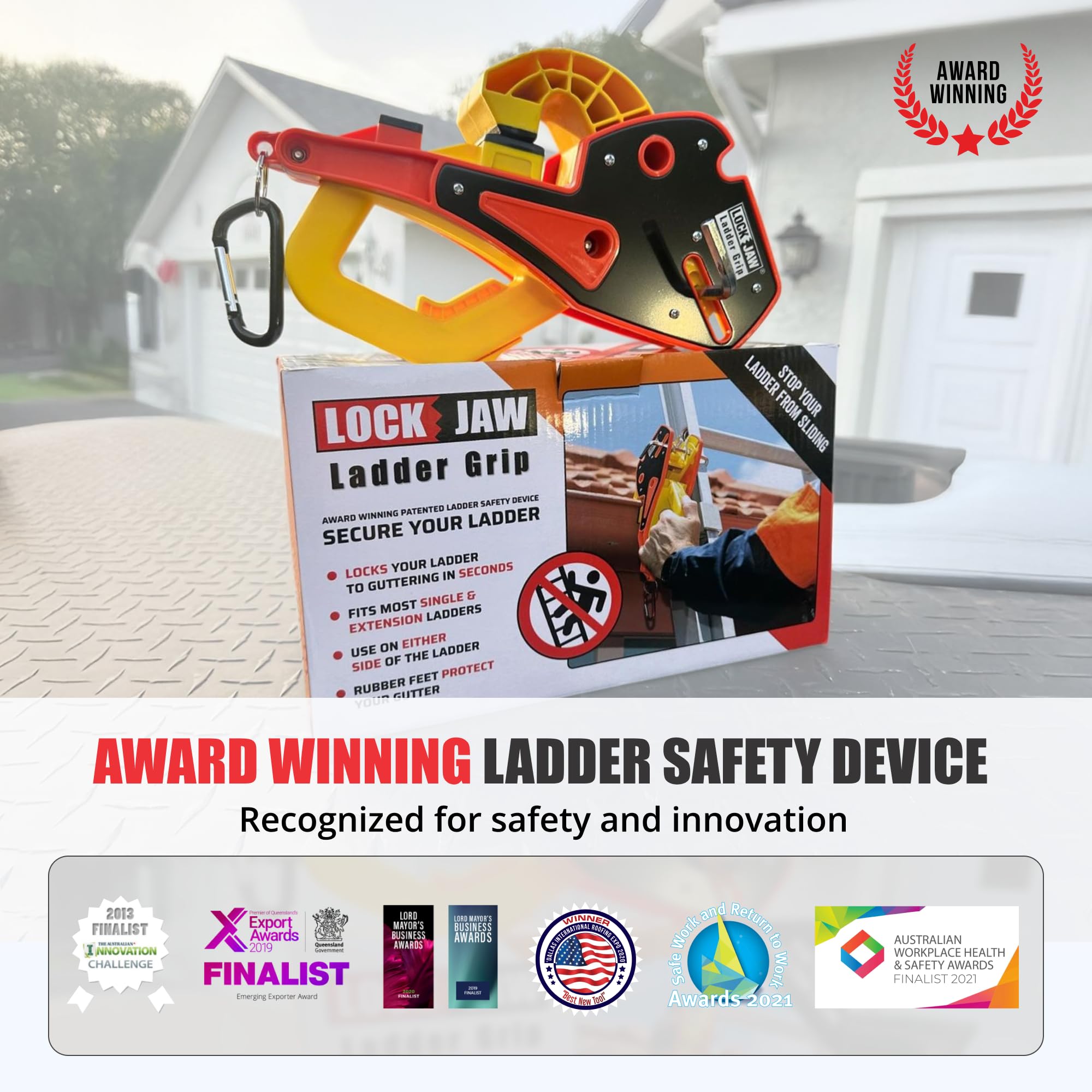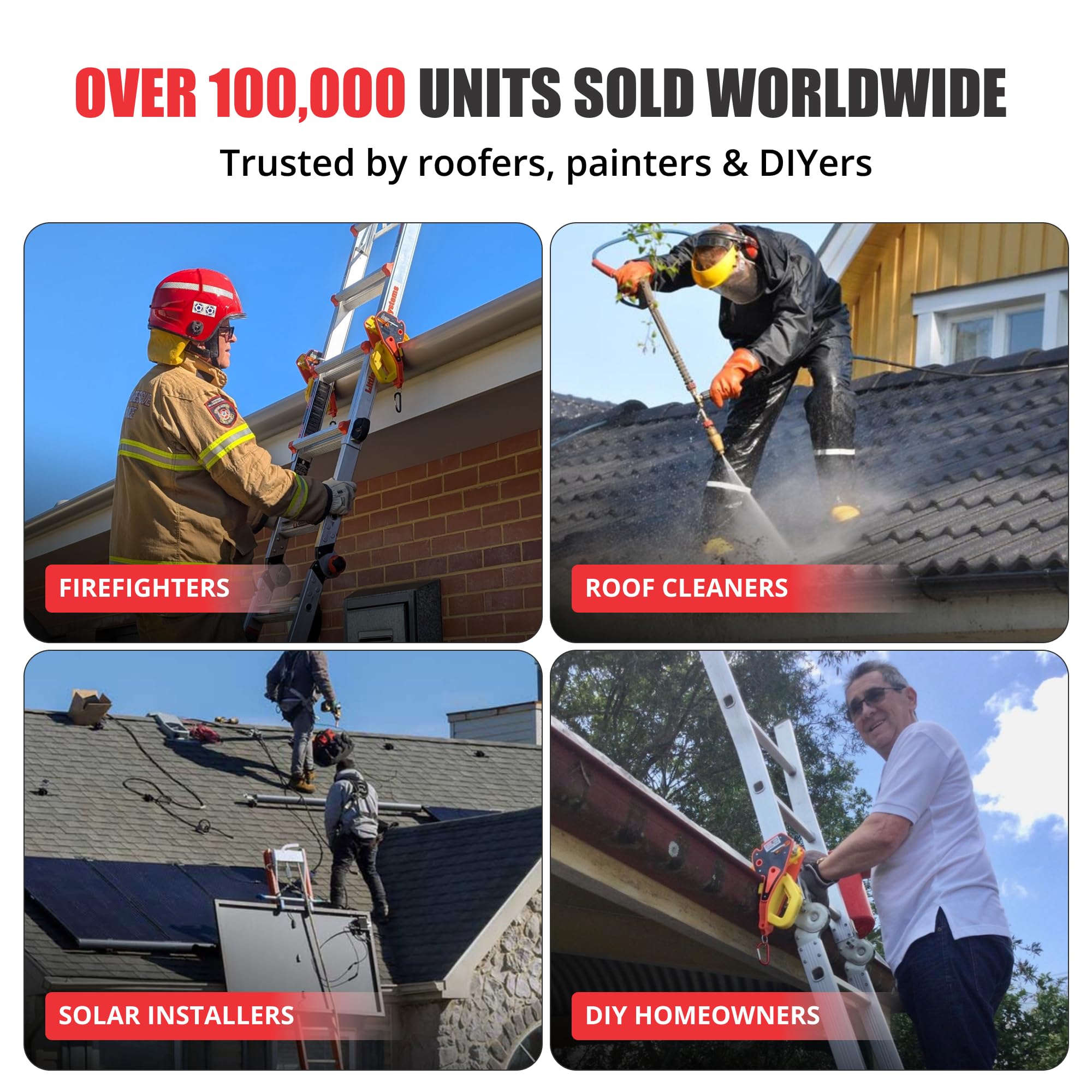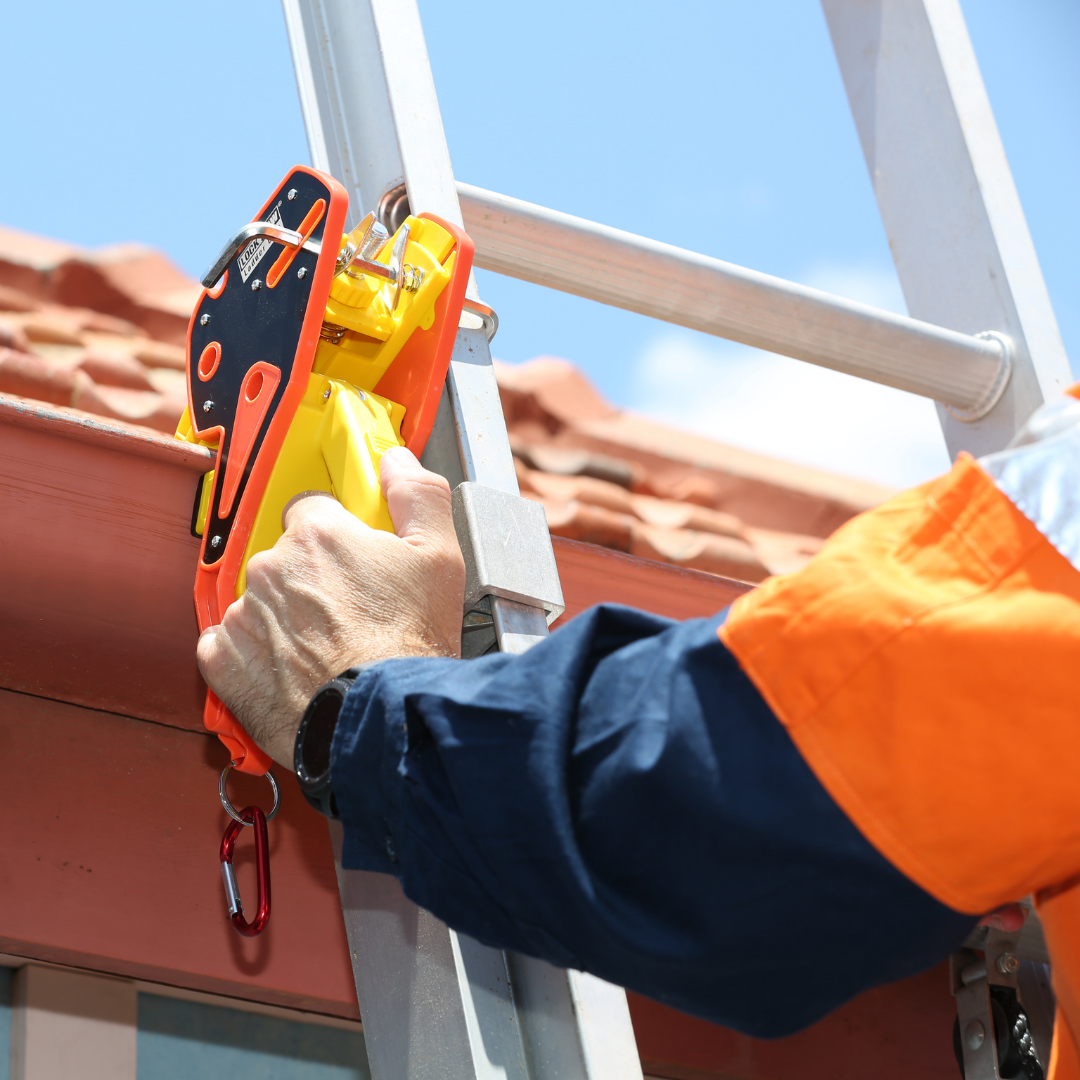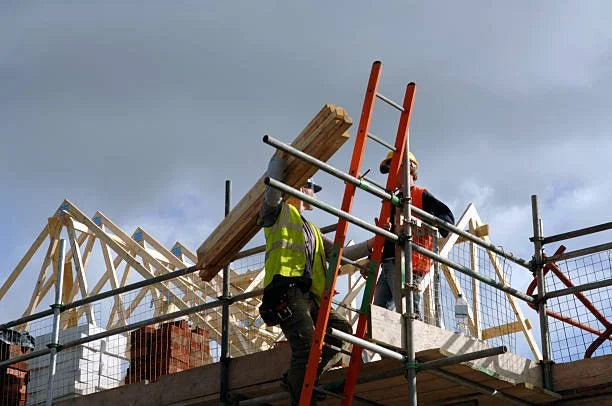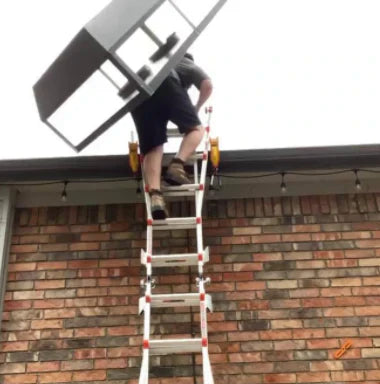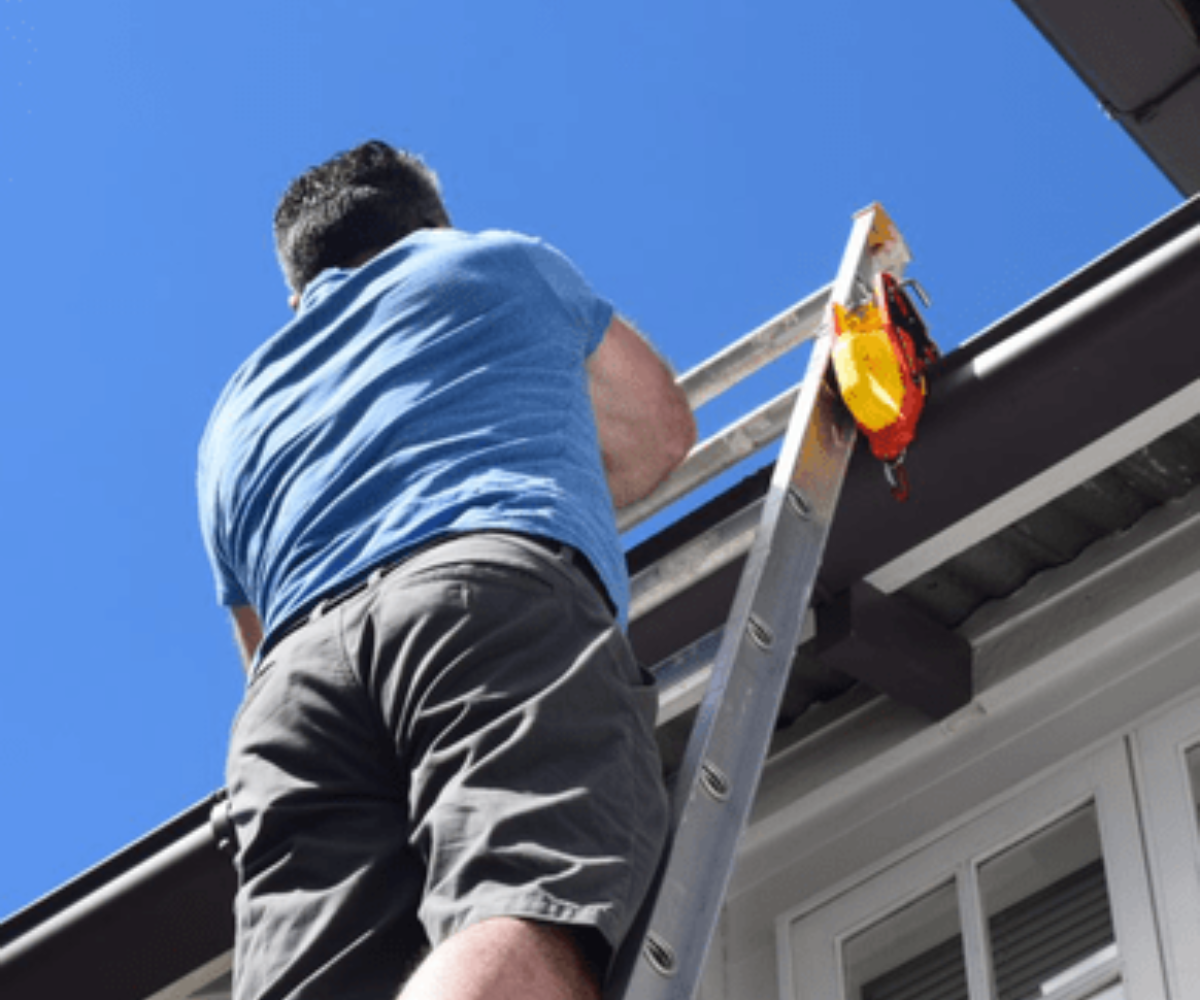Top Ladder Stabilizers for Enhanced Safety and Efficiency
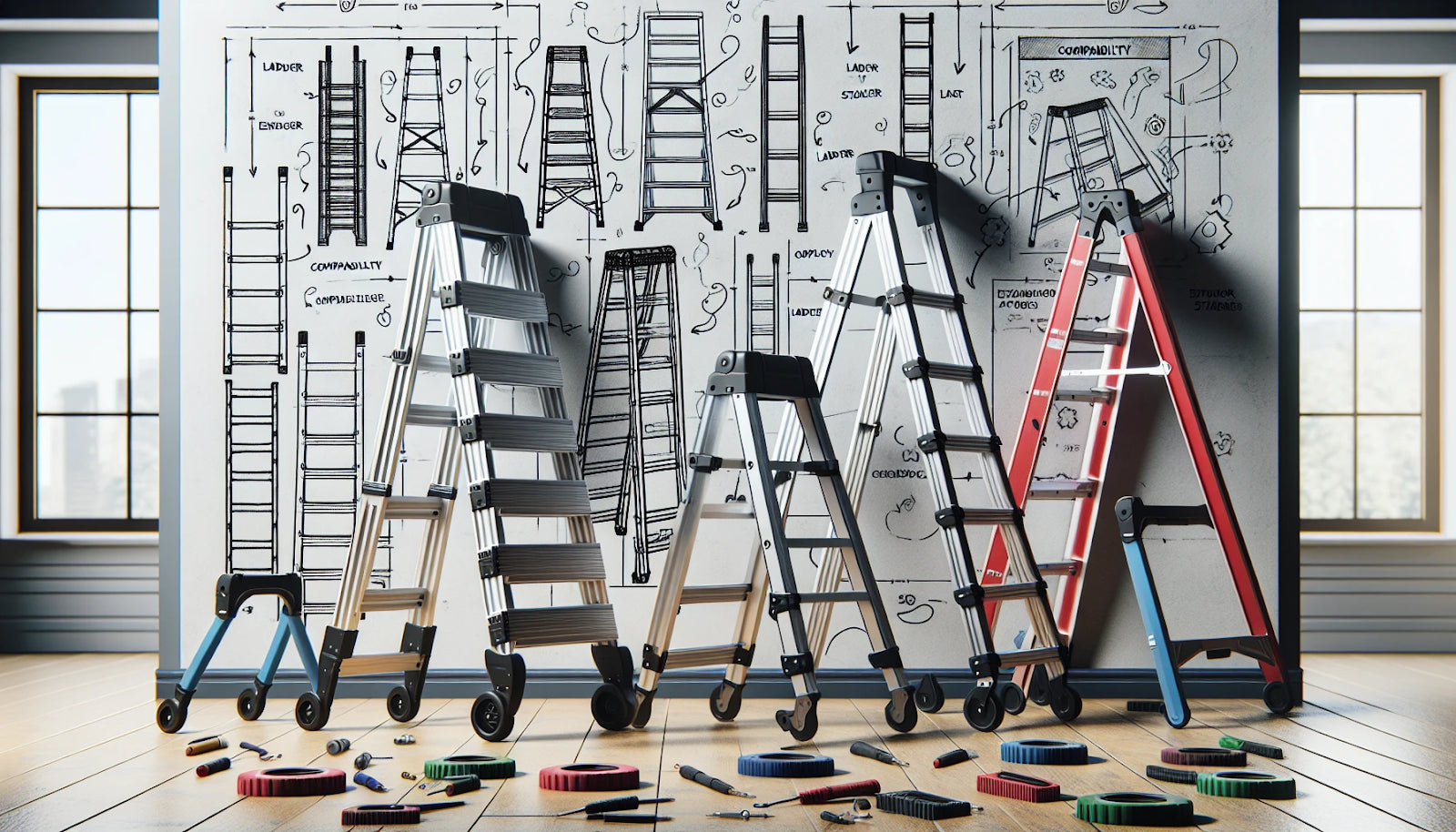
This guide briefly discusses ladder stabilizers, which enhance safety and prevent accidents. It covers stabilizer types, compatibility, safety standards, and user experiences.

Understanding Ladder Stabilizers
An extension ladder stabilizer is a crucial tool that significantly broadens the safe use of extension ladders. It allows for safer work at heights, including on roofs, by creating a standoff distance from walls. There are various models available for different uses, including work on roofs and other elevated surfaces. These devices are crafted with durable materials such as aluminum, steel, and fiberglass, ensuring they can withstand the test of time and continue to provide safety and stability during use.
Types of Extension Ladder Stabilizer
Ladder stabilizer devices, crafted from materials like aluminum, are designed to securely hold ladders in place, making them suitable for a variety of tasks. These stability ladder devices come in several forms, each designed to enhance the safety and efficiency of tasks like working on roofs or cleaning high windows:
Roof stabilizer devices for fixed-depth ladders
Quick-click stabilizer installation devices
Aluminum ladder stabilizer devices for a sloped roof
Extension devices for high-altitude work
Extension ladder stabilizer
Compatibility with Extension Ladders
To determine if a stabilizer is compatible with your ladder, it’s essential to consider factors such as the ladder’s type and size. Here are some top ladder safety devices and their compatibility:
Ladder Safety Rails: fit all standard extension ladders
Werner’s AC78: fits D1328-2 and D1220-2 aluminum extension ladders
Lock Jaw Ladder Grip: fits the majority of standard extension ladders.
Importance of Extension Ladder Stabilizers

Ladder stabilizer devices are essential for efficient and safe operations at elevated heights. They achieve outcomes such as widening your ladder's base, minimizing the chances of toppling, and may establish a standoff distance to safeguard vertical surfaces and gutters. This distance also enhances access to challenging areas, reducing accidents and improving the comfort of work. By using a ladder stabilizer on the roof, you can significantly reduce the risk of accidents on the roof and increase the efficiency of your work. With a ladder stabilizer, you can work on the roof with peace of mind, knowing that your ladder is secure and stable.
ANSI and OSHA Standards
For safe operations, it's crucial to use these devices on solid, stable ground. The ladder stabilizer should be equipped with anti-slip features as per the ANSI ASC A14.8-2020 standard. When using the stabilizer on roofs, make sure they're securely fixed to your ladder, especially when it's an extension ladder, to prevent any potential accidents. Always remember, a properly installed ladder stabilizer can make a world of difference when you're working on a roof with an extension ladder.
Installation Process
Installing a ladder stabilizer is a process that's usually straightforward and often requires a few basic tools such as U-bolts, angle clips, and a screwdriver or wrench. The ladder stabilizer should be firmly attached to the top of the ladder, making sure the U-bolts and angle clips are properly positioned on the side rails and around the ladder for a secure connection. It's important to latch the ladder stabilizer securely to the ladder to ensure a solid attachment. When working on a roof, the ladder stabilizer provides an extra layer of safety. It's especially useful when using an extension ladder on the roof. Without the ladder stabilizer, the extension ladder could slip or shift, causing potential accidents. Therefore, it's essential to use a ladder stabilizer when working on a roof with an extension ladder.
Stability and Safety Enhancements
A ladder device stabilizer, made from fiberglass or aluminum, significantly enhances ladder safety and stability. It distributes the ladder's weight evenly, creating a wider, non-slip base. The stabilizer extends outward, reducing slip risks. Standoff distance, the gap between the ladder's top rung and a supporting structure like a roof or wall, can provide better access and less strain on the ladder. Ensuring a proper standoff distance may increase the efficiency and safety of a ladder stabilizer during installation and use, especially when working near gutters. During installation, the stabilizer should be securely attached to the ladder, aligning the U-bolts and angle clips appropriately on the side rails and around the ladder for a solid connection. Correct installation of the ladder stabilizer is crucial for maintaining this standoff distance and ensuring the stability of the ladder, particularly when working on roofs.
Selecting the Right Ladder Stabilizer for Your Needs
The key for safety and efficiency when working at heights is to consider your ladder's type and size, task requirements, and budget. If you often work on roofs, ensure the stabilizer is suitable.
Assessment of Ladder Type and Size
When choosing a device, it’s important to evaluate your ladder's type and size to ensure a proper fit. These devices fit different ladders such as:
Straight ladders
Extension ladders
Step ladders
Multi-position ladders
Installation Tips and Best Practices
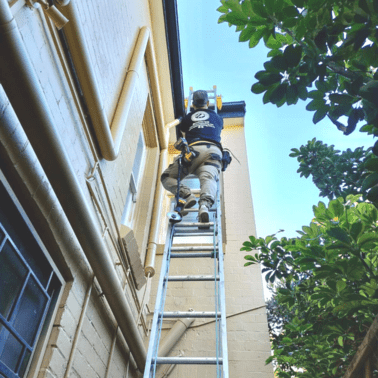
Proper setup and use of ladder devices, including the Lock Jaw Ladder Grip, enhance safety and efficiency. Here are some secure usage tips.
Brief Installation Considerations
Gather relevant components: e.g U-bolts and angle clips.
Attach the stabilizer to the top of the ladder as per instructions.
Make sure all parts are properly installed for a solid connection.
With stabilizer in place, the ladder is ready for use, including for roof tasks.
Safety Precautions During Use
When using a ladder with a stabilizer, remember to place it on a solid, level ground. Wear safety gear like a harness, non-slip shoes, gloves, glasses, and a helmet. Avoid working in adverse weather conditions to prevent accidents.
Maintenance and Care
Regular maintenance and cleaning ladder stabilizer ensure its longevity and performance. Store it dry and inspect for damages before use. Always use the ladder on firm ground, consider using stabilizer as needed, and wear safety gear. Avoid risky situations to reduce accidents.
Real User Experiences: Ladder Stabilizer Reviews
Let's check out user experiences with these safety tools. Both homeowners and professionals find these tools beneficial. The residential users, in particular, value the extra safety these stabilizer offers, especially when dealing with uneven terrain or close to gutters. Aluminum and fiberglass stabilizer have been particularly popular. However, some users have encountered challenges with the installation process and compatibility with their existing ladders. Professionals in construction and maintenance industries appreciate these devices for their user-friendliness and adaptability. These stabilizer have made tasks involving ladders and roofs safer and more efficient. These firsthand accounts can guide you in selecting the right stabilizer for your ladder, enhancing its safety and versatility, particularly when working on roofs. The installation process of these devices, particularly those made from aluminum and fiberglass, is an essential factor to consider for safe work on roofs, especially when using extension ladders.

